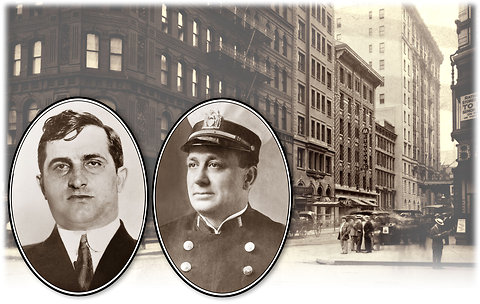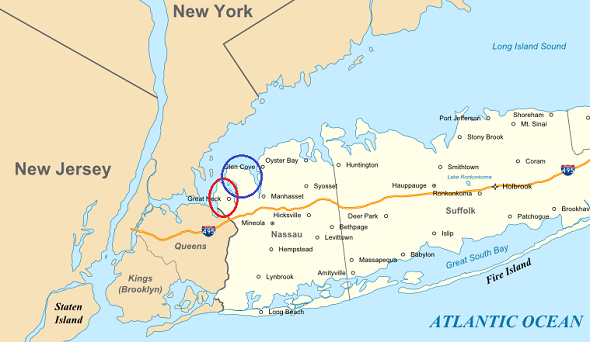During the last two chapters of the Great Gatsby, it seemed more difficult to find connections between the book and history. I decided to research Gatsby’s characteristics and his relation to other prosperous people within this time period of the 1920s. I found a man named Al Capone.

Al Capone was involved in gambling and bootlegging within a gang in Chicago. Jay Gatsby was accused in being involved in scandalous crimes such as those listed for Al Capone. For instance, Gatsby states, “Meyer Wolfsheim? … He’s the guy who fixed the World Series back in 1919.” When Nick question why Wolfsheim wasn’t caught, Gatsby just implies that the police “can’t get him” because he is a “smart man” (112-118). Throughout the book, Gatsby is secretive and it is obvious that he knows situations that must not be told.
Through his young years, Al Capone was not very wealthy. As the prohibition movement began in the 1920s, Al Capone gained prosperity through his bootlegging businesses. Gatsby was also poor growing up and gained wealth his own way. Many American were amazed by Al Capone’s image as many are of Gatsby’s. These two hold similar traits that connect as the book continues. At the final chapter of life, Al Capone and Gatsby both face a rather tragic end.

I also discovered another small connection between Gatsby and religion. People have assumed that Fitzgerald has intended Gatsby to be illustrated as Christ. For instance, there are rumors questioning his gain in wealth and prosperity as there has been for Christ. Also, his “mass” or gathering of people to celebrate the idea of life would be his parties. They are very symbolic in his character and what he preaches. As for his death, Gatsby is in his bathing suit as Christ had been stripped during his passion. Finally, Gatsby embraces his death just like Christ. This was just a small connection I found interesting and hoped you would as well!
Thank you, Maxine Kelley









Recent Comments